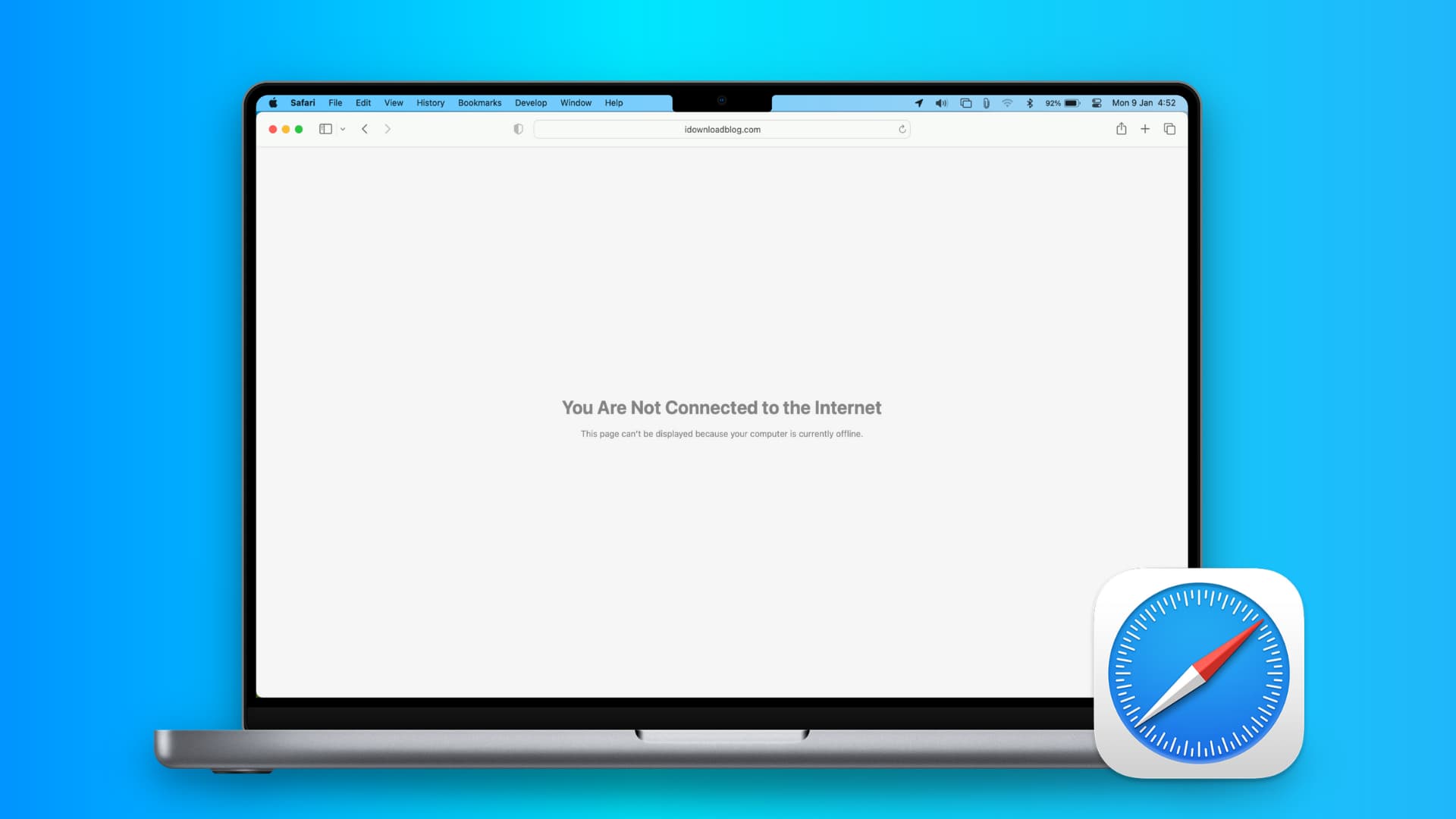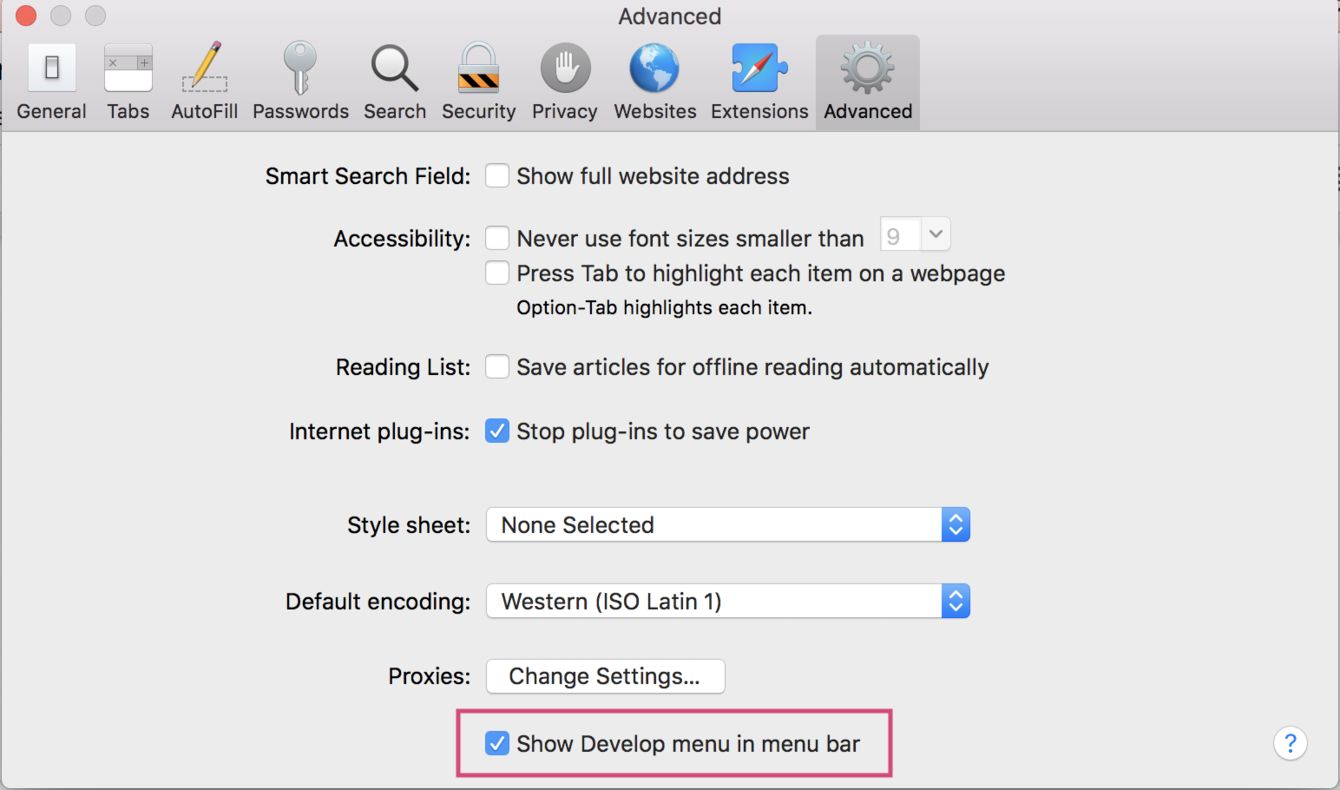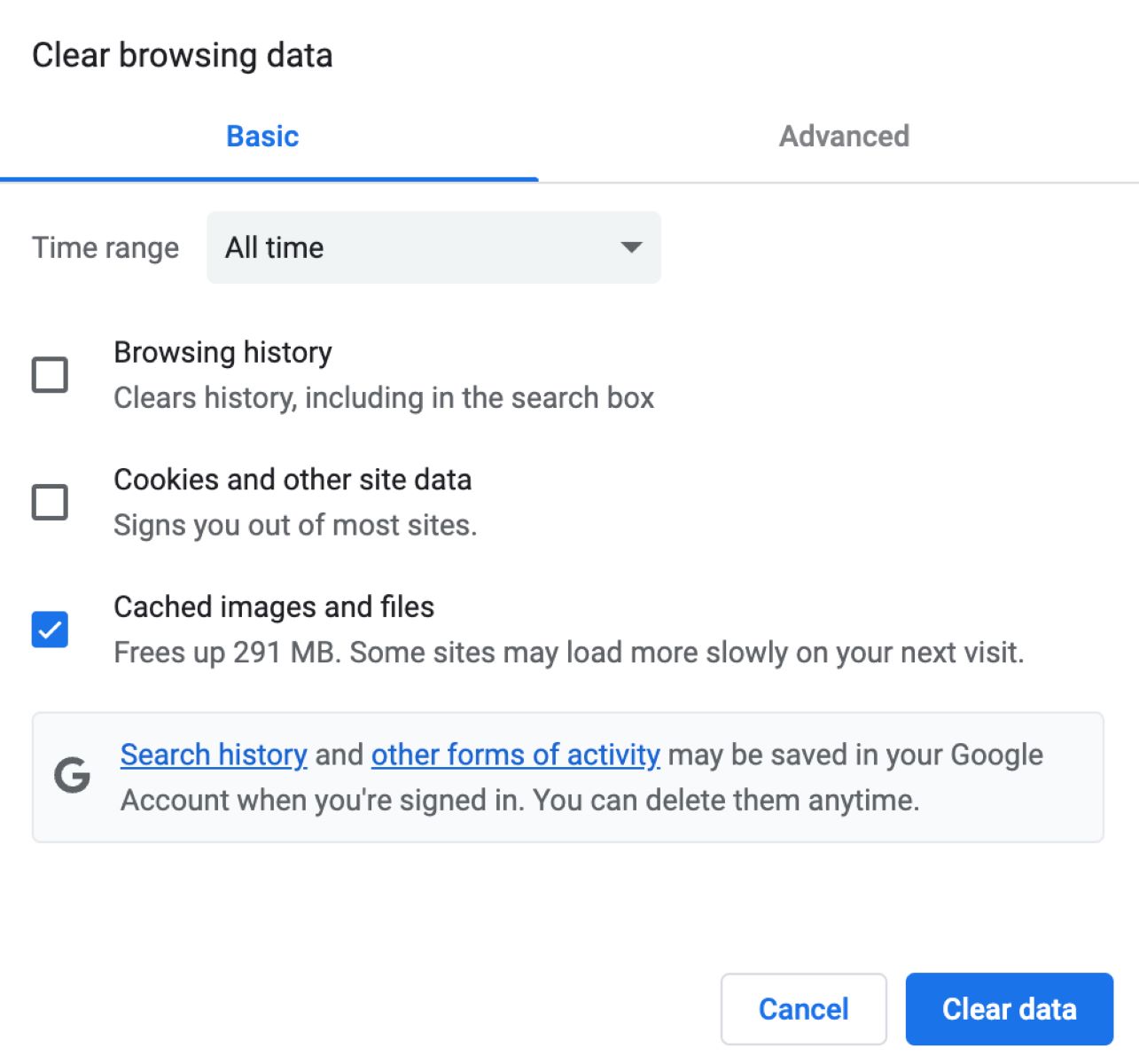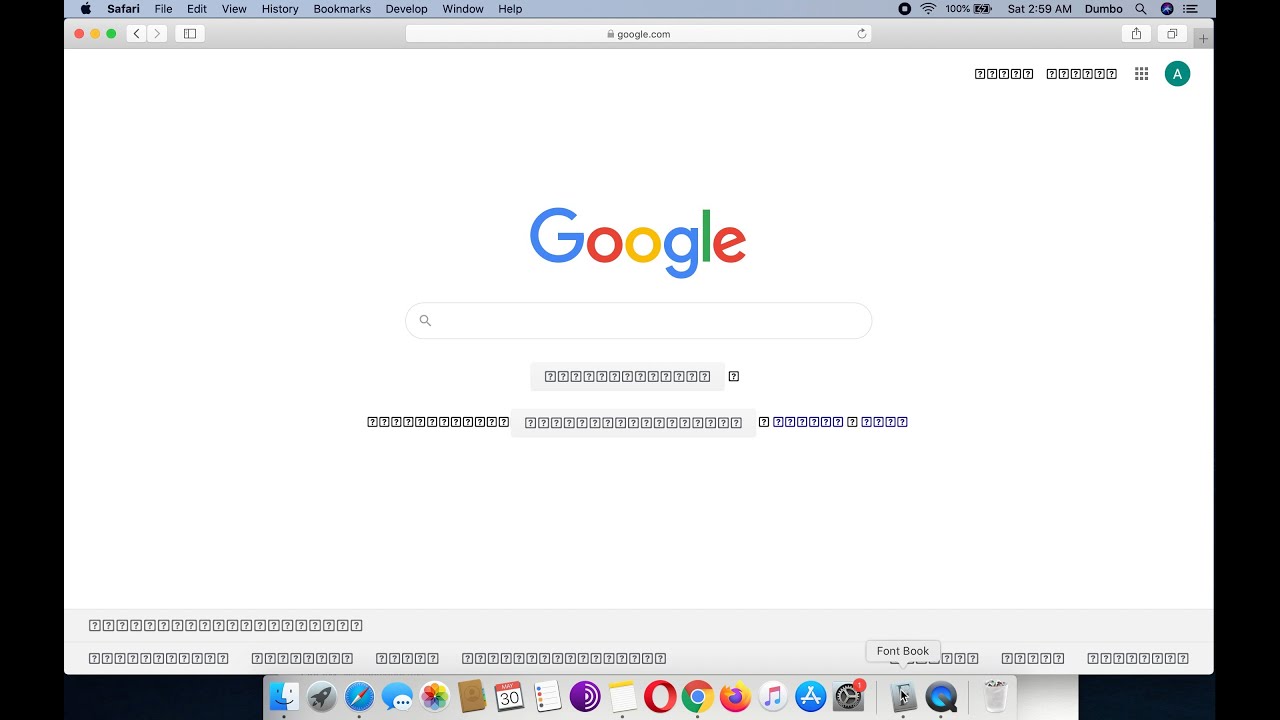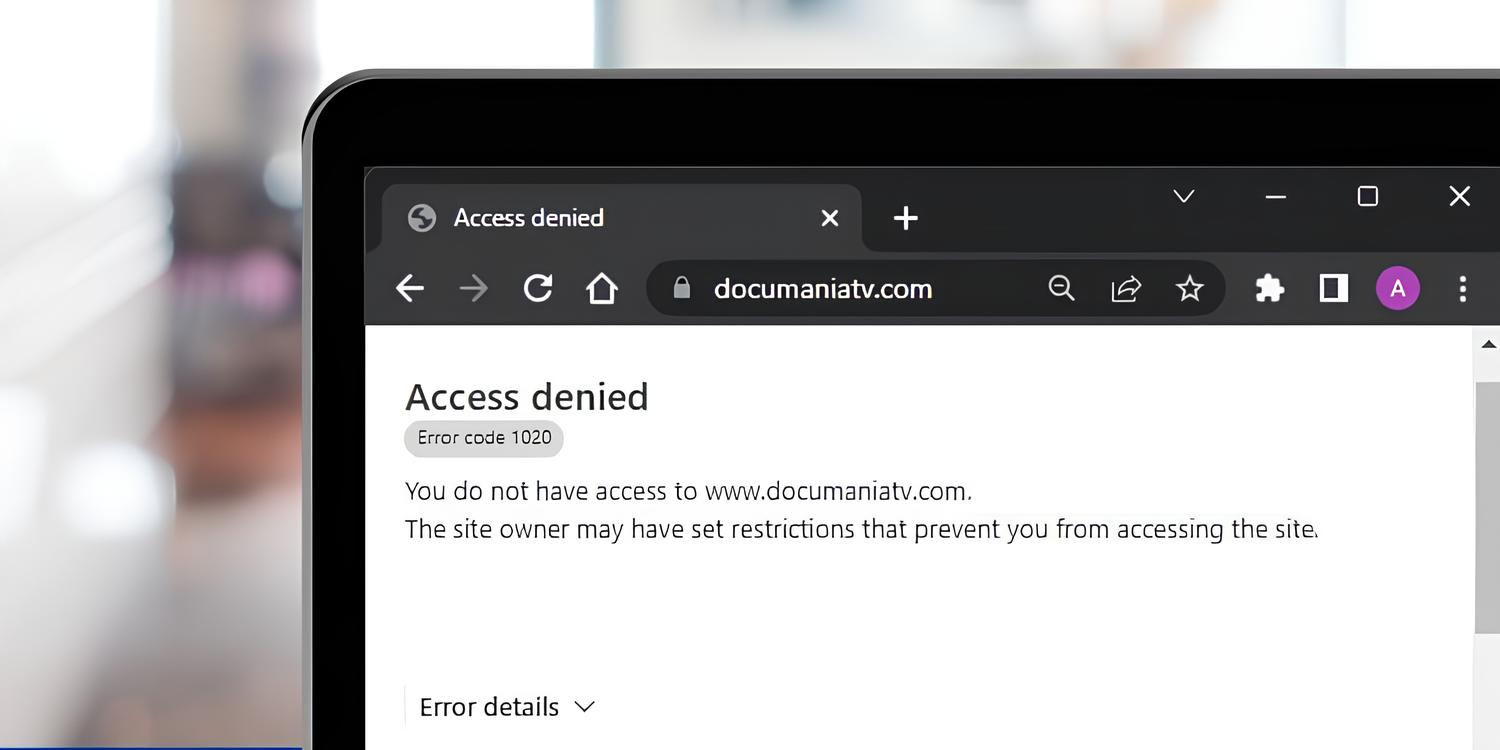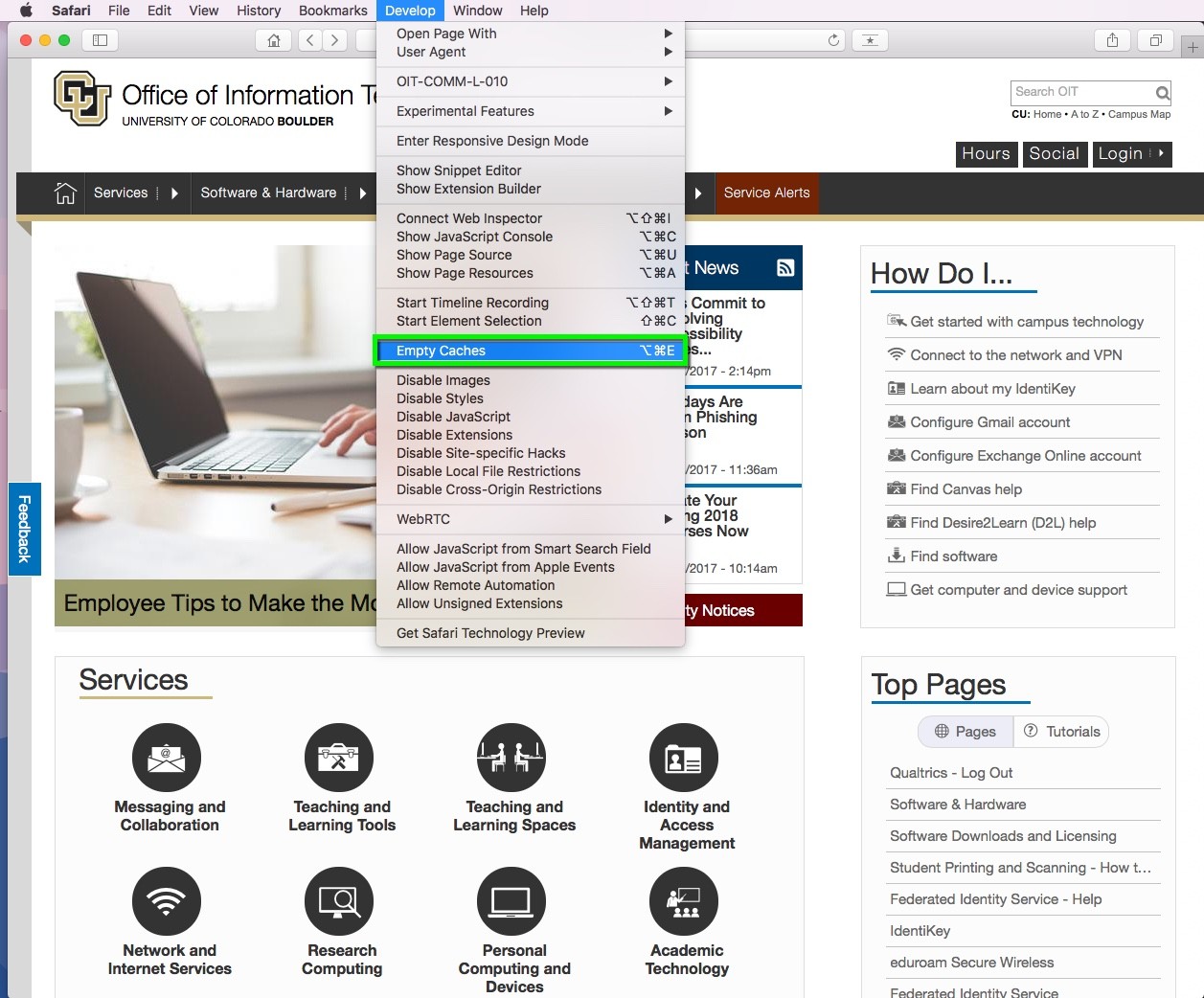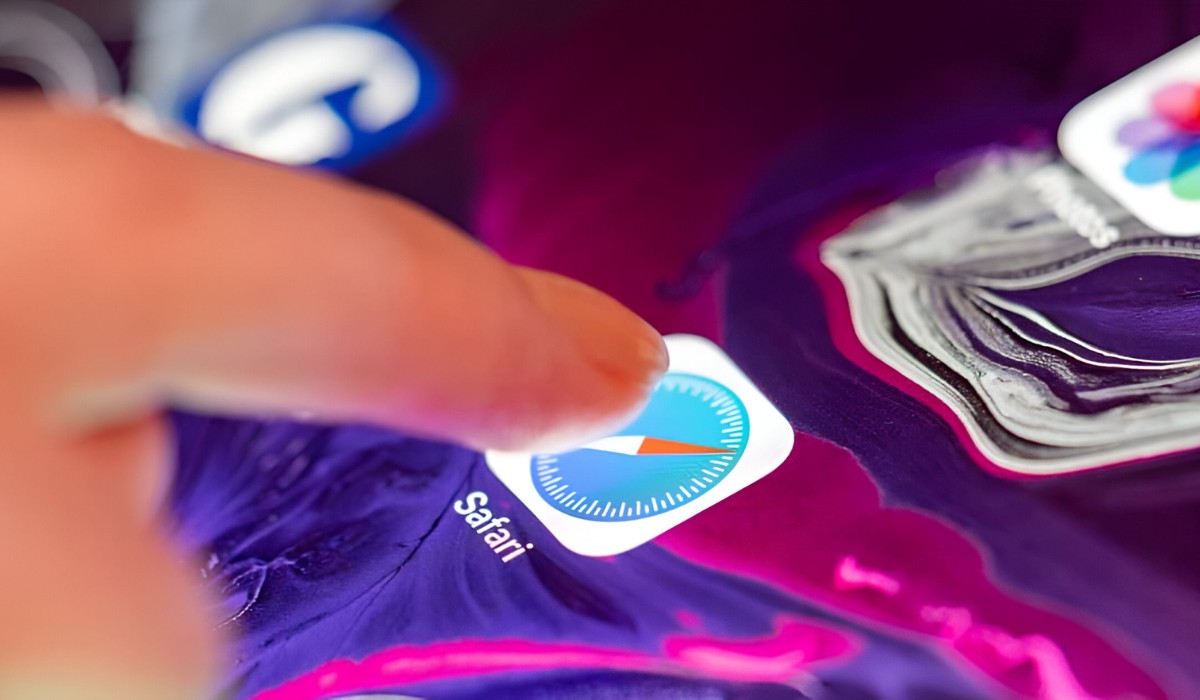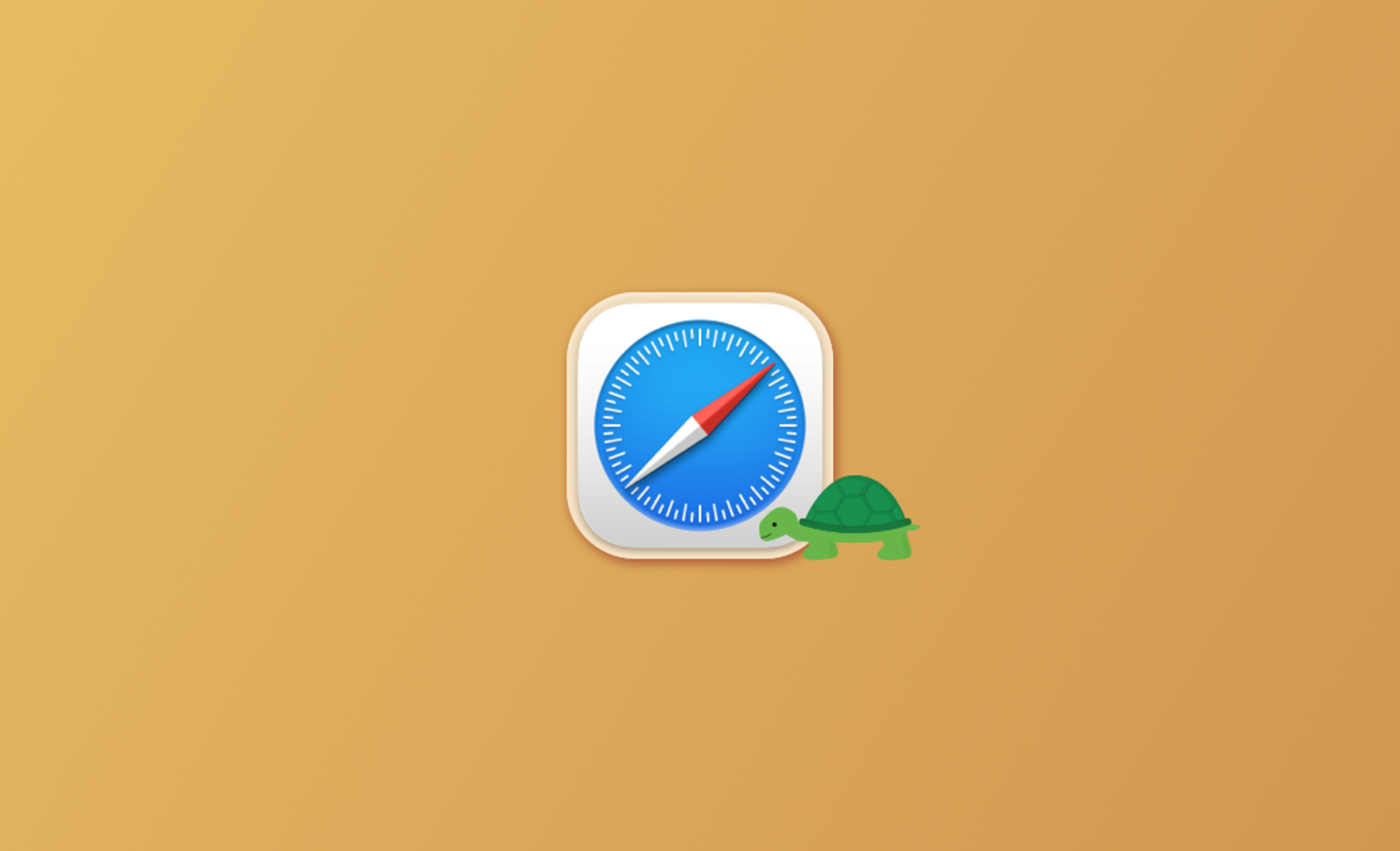Common Reasons for Safari Not Loading Websites
Safari is a popular web browser known for its sleek interface and seamless user experience. However, there are instances when Safari may fail to load websites, leaving users frustrated and perplexed. Understanding the common reasons behind this issue can help users troubleshoot and resolve the problem effectively.
Here are some common reasons why Safari may not be loading websites:
-
Internet Connection Issues: One of the primary reasons for Safari's inability to load websites is an unstable or slow internet connection. If the Wi-Fi signal is weak or the internet service provider is experiencing downtime, Safari may struggle to establish a reliable connection to the websites.
-
Outdated Safari Browser: Using an outdated version of Safari can lead to compatibility issues with modern websites. As web technologies evolve, older browser versions may lack the necessary updates and security enhancements to render websites correctly.
-
Cache and Cookies: Accumulated cache and cookies can sometimes interfere with Safari's ability to load websites. These temporary files, while intended to enhance browsing speed, can become corrupted or outdated, causing conflicts with website loading processes.
-
DNS Configuration: Incorrect Domain Name System (DNS) settings can impede Safari's ability to resolve website addresses. If the DNS server information is misconfigured or outdated, Safari may struggle to translate website URLs into IP addresses, resulting in loading failures.
-
Browser Extensions and Plugins: Certain browser extensions or plugins installed in Safari may conflict with website elements, leading to loading issues. In some cases, ad blockers, security extensions, or outdated plugins can disrupt the normal functioning of websites.
-
Security Settings: Safari's security settings, particularly those related to privacy and content blocking, can sometimes prevent websites from loading properly. Overly strict security configurations may block essential website elements, rendering the pages incomplete or inaccessible.
Understanding these common reasons for Safari not loading websites is the first step towards resolving the issue. By identifying the underlying cause, users can take targeted actions to troubleshoot and restore Safari's ability to load websites seamlessly.
Troubleshooting Steps for Safari Not Loading Websites
When Safari encounters difficulties in loading websites, it can disrupt the browsing experience and hinder productivity. Fortunately, there are several troubleshooting steps that users can take to address this issue effectively.
-
Check Internet Connection: Begin by ensuring that the internet connection is stable and functioning properly. If using Wi-Fi, verify that the signal strength is adequate and consider restarting the router to resolve any connectivity issues.
-
Update Safari: Keeping Safari up to date is crucial for optimal performance. Check for available updates in the App Store or through the System Preferences on Mac to ensure that the browser is running the latest version.
-
Clear Cache and Cookies: Clearing accumulated cache and cookies can often resolve loading issues. In Safari, navigate to the "Safari" menu, select "Preferences," go to the "Privacy" tab, and click on "Manage Website Data" to remove stored cache and cookies.
-
Reset DNS Settings: Incorrect DNS configurations can impede website loading. Users can reset the DNS settings on their Mac by going to System Preferences > Network > Advanced > DNS, and then removing any outdated or incorrect DNS server addresses.
-
Disable Extensions and Plugins: Certain browser extensions or plugins may interfere with website loading. Temporarily disable all extensions and plugins in Safari to identify if any of them are causing the issue.
-
Adjust Security Settings: Review Safari's security settings and ensure that they are not overly restrictive. Navigate to Safari > Preferences > Privacy and uncheck any settings that may be excessively blocking website content.
-
Restart Device: A simple restart of the Mac, iPhone, or iPad can often resolve temporary software glitches that may be affecting Safari's ability to load websites.
-
Use Private Browsing Mode: Test if websites load in Safari's private browsing mode. This mode disables extensions and clears browsing data upon exit, providing a clean environment to troubleshoot loading issues.
By following these troubleshooting steps, users can systematically identify and address the underlying factors contributing to Safari's inability to load websites. These measures can help restore seamless browsing and enhance the overall user experience with the Safari browser.
How to Fix Safari Not Loading Websites on Mac
When Safari fails to load websites on a Mac, it can be a frustrating experience. However, there are several effective methods to troubleshoot and resolve this issue, ensuring a seamless browsing experience.
Update Safari
Keeping Safari updated is essential for optimal performance. To check for updates, open the App Store on your Mac and navigate to the "Updates" tab. If a Safari update is available, click on "Update" to ensure that the browser is running the latest version.
Clear Cache and Cookies
Accumulated cache and cookies can sometimes hinder Safari's ability to load websites. To clear these data, open Safari and go to the "Safari" menu. From there, select "Preferences" and navigate to the "Privacy" tab. Click on "Manage Website Data" to remove stored cache and cookies, subsequently allowing Safari to load websites more efficiently.
Reset DNS Settings
Incorrect DNS configurations can impede website loading. To reset the DNS settings on your Mac, go to System Preferences, then select "Network." From there, click on "Advanced" and navigate to the "DNS" tab. Remove any outdated or incorrect DNS server addresses, ensuring that Safari can accurately resolve website URLs.
Disable Extensions and Plugins
Certain browser extensions or plugins may interfere with website loading. Temporarily disable all extensions and plugins in Safari to identify if any of them are causing the issue. This can help isolate the problematic extension or plugin, allowing websites to load without disruptions.
Adjust Security Settings
Reviewing Safari's security settings is crucial, as overly strict configurations can block essential website elements. Navigate to Safari > Preferences > Privacy and uncheck any settings that may excessively block website content. By adjusting these settings, Safari can load websites while maintaining necessary security measures.
Restart Your Mac
A simple restart of your Mac can often resolve temporary software glitches that may be affecting Safari's ability to load websites. This straightforward step can refresh the system and potentially resolve any underlying issues impacting Safari's performance.
By implementing these troubleshooting methods, Mac users can effectively address the issue of Safari not loading websites. These steps are designed to identify and resolve common factors that may impede Safari's browsing capabilities, ultimately restoring a smooth and efficient web browsing experience on the Mac platform.
How to Fix Safari Not Loading Websites on iPhone/iPad
Encountering issues with Safari not loading websites on an iPhone or iPad can be frustrating, especially when seamless browsing is essential for productivity and entertainment. Fortunately, there are several effective methods to troubleshoot and resolve this issue, ensuring a smooth and uninterrupted browsing experience on iOS devices.
Update iOS and Safari
Ensuring that the iOS operating system and Safari browser are up to date is crucial for optimal performance. To check for updates, navigate to "Settings" on the iPhone or iPad, select "General," and then tap on "Software Update." If an update is available, follow the on-screen instructions to install it. Additionally, updating Safari can be done through the App Store by navigating to the "Updates" tab and selecting the Safari update, if available.
Clear Safari Cache and Cookies
Accumulated cache and cookies can sometimes hinder Safari's ability to load websites on iOS devices. To clear this data, open the "Settings" app, scroll down and tap on "Safari," then select "Clear History and Website Data." Confirm the action, and Safari will clear the cache and cookies, potentially resolving loading issues.
Reset Network Settings
In some cases, network settings on the iPhone or iPad may contribute to Safari's inability to load websites. To reset network settings, navigate to "Settings," select "General," and then tap on "Reset." From the options provided, choose "Reset Network Settings." This action will reset Wi-Fi networks and passwords, cellular settings, and VPN configurations. After the reset, reconnect to the Wi-Fi network or cellular data and check if Safari can now load websites successfully.
Disable Content Blockers
Content blockers, if enabled, can sometimes interfere with Safari's ability to load websites. To disable content blockers, open the "Settings" app, scroll down and tap on "Safari," then select "Content Blockers." Toggle off any enabled content blockers to allow Safari to load websites without restrictions imposed by these settings.
Restart the iPhone/iPad
A simple restart of the iPhone or iPad can often resolve temporary software glitches that may be affecting Safari's performance. To restart the device, press and hold the power button until the "slide to power off" slider appears. Slide the slider, wait for the device to power off, then press and hold the power button again until the Apple logo appears, indicating that the device is restarting.
By implementing these troubleshooting methods, iPhone and iPad users can effectively address the issue of Safari not loading websites. These steps are designed to identify and resolve common factors that may impede Safari's browsing capabilities on iOS devices, ultimately restoring a smooth and efficient web browsing experience.







